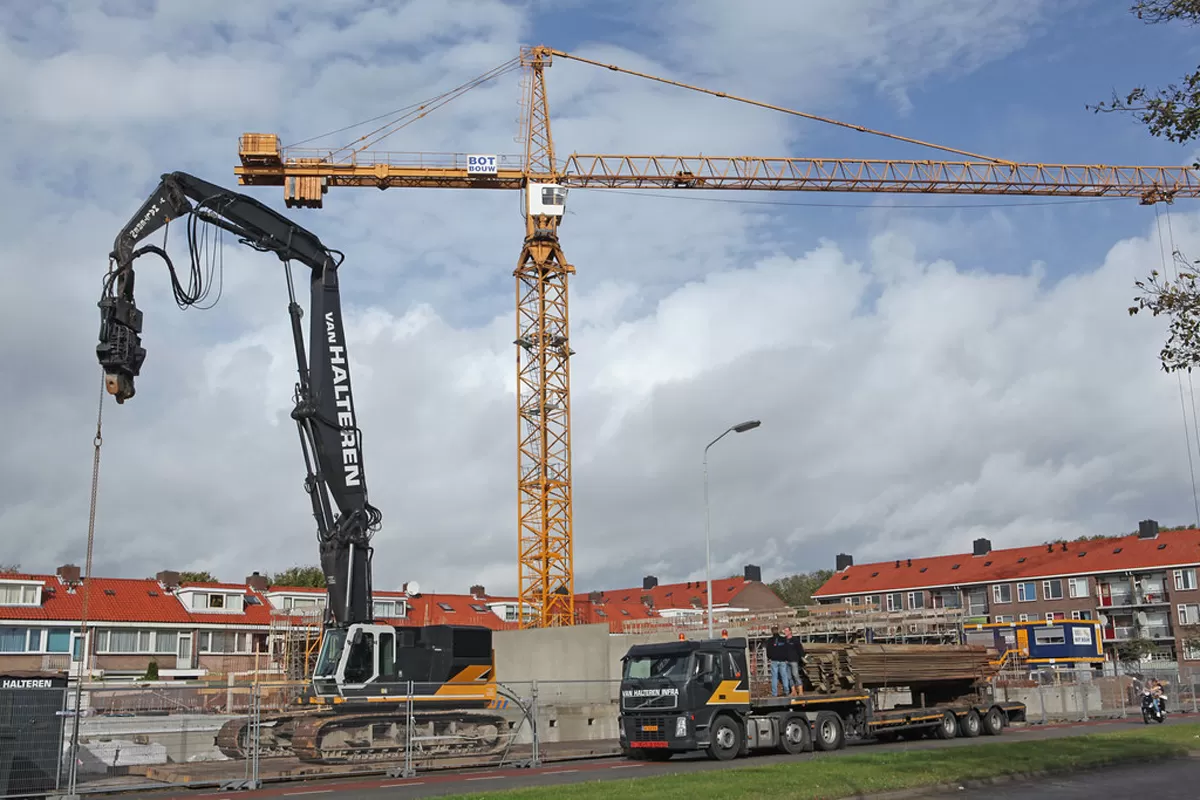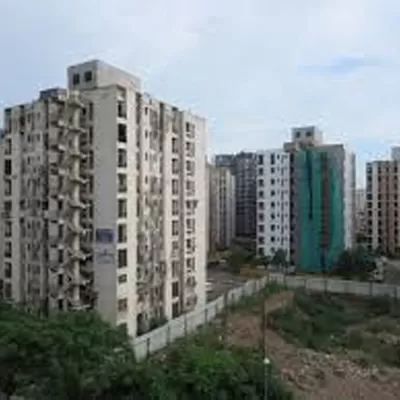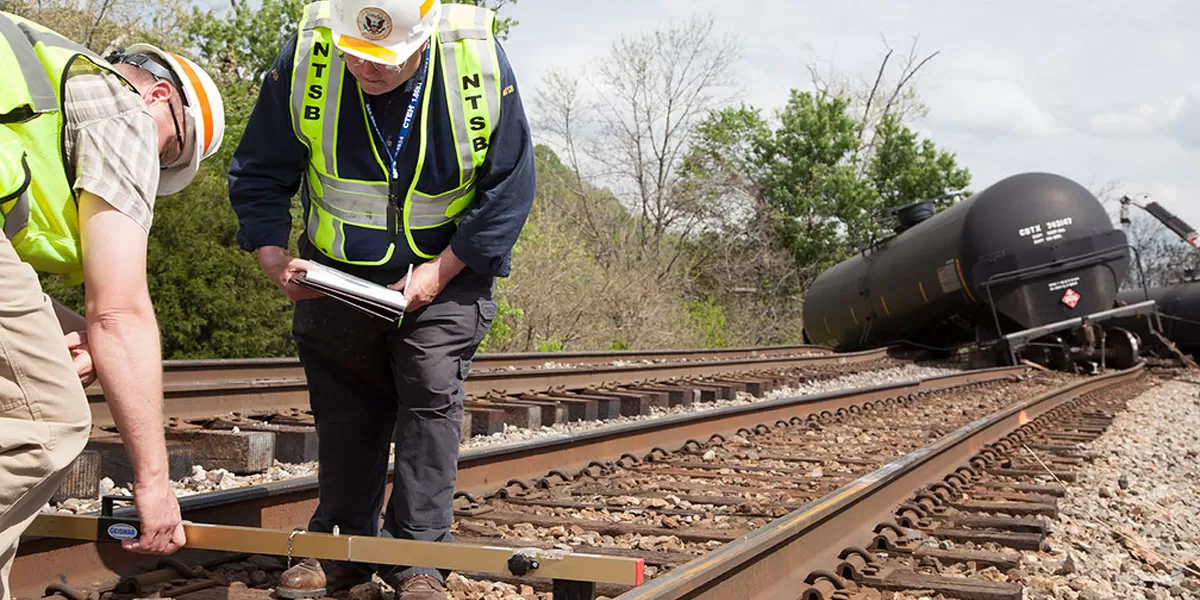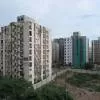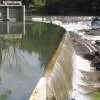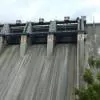In the fourth in a series of features showcasing experiences with building materials, Satish Dhupelia, Consulting Structural Engineer and Project Management Consultant, talks about the role of chemicals in waterproofing.
Bringing in many innovative solutions, industrial progress in the 18th and 19th centuries was witness to various construction technologies and techniques. In this entire stage of development, from the most primitive construction to modern buildings of reinforced frame construction, waterproofing has been, and will always be at centre stage. Satish Dhupelia, Consulting Structural Engineer and Project Management Consultant, highlights the use of waterproofing chemicals with their pros and cons, in conversation with Shriyal Sethumadhavan...
Fundamental focus
Based on compulsive needs, besides going high, some buildings today have also developed trends of multiple level basements reaching beyond 1520 m below ground level. For all and any of these buildings, waterproofing issues are seen to be getting more and more complex, having higher and higher 'demands'. I have worked on several projects such as Shipping House in Nariman Point, Hotel Tourist International at Ballard Estate, a guest house in a premium office building and quite a few residential projects like Navroze Apartments on Warden Road, among others. In these projects, it was important to prevent water seepage from the external envelope, roof terraces and concrete work. This problem is common to all buildings, whether premium or not. However, these buildings are performing well even today as we used time-tested chemicals, ensuring that they were only part of the system and not the system itself. Any building structure, whether primitive and/or the most complex structure, has one fundamental need – waterproofing. This is applicable to all types, from external walls, roofs, terraces and underground enclosures like multiple basements to water storage facilities and wetuse areas like toilets and washrooms.
Waterproofing of external closure walls
In the early era of the Industrial Revolution, the external envelope of the buildings had thick masonry walls. The required thickness at various levels depended on the height of these buildings, but could not be less than 14 inch (380 mm) or was the bare minimum at 9 inch (230 mm). However, with advances in available structural material, design and systems, there has been a change in the function of external envelopes of enclosure walls. These have now become thinner and serve only as filler walls with RCC columns and beams as frameworks in a structural framed construction. For the past 80 years, this has been the trend, where exterior walls serve only as enclosure walls, and this is where the problem lies.
The main concern thus relates to the need for protection from seepage/leakage of rainwater from external enclosures of the filler walls in RCC-framed construction. These are generally built with kilnfired earth bricks, cement concrete blocks, or modern technology products of autoclaved cellular concrete blocks. As a common practice, all these external enclosure walls are provided with cement and sand plaster. However, this system experiences issues related to compatibility of overlay of plaster on intermittently varying substrates of masonry and concrete, interspersed along height, length and breadth.
If observed, in many recently constructed buildings, this treatment of external plaster exhibits its failure to provide the needed functions of water repellence from the external envelope, which is seen in the formation of extensive s. However, such situations of external envelope failure were a rare sight till the middle of the 20th century. Without debating obvious and intrinsic causes and/or deficiencies like in poor constructions, the application of waterproofing chemicals is essential, of course again with the paramount need for due sensitivity and required care. In this context, it is essential to deploy the use of polymerising bond coats with appropriate construction chemicals, to provide the bond between overlays on the parent substrate and between each successive layer of overlays of multiple coats of plaster.
In another instance, a failure in waterproofing is seen when stone/ceramic tiles are used in external treatment. These tiles are used on external façades on the assumption that they prove to be better water-repellent materials since they are made of naturally formed tough stone or are industrially manufactured tiles. A similar situation is revealed in another example where porous stones like tiles/slabs are used in cladding. Here, the cladding and substrate fail to bond together.
Hence, the need for adequate and performing waterproof exterior surfaces arises in order to prevent seepage of water to the interior of the premises. However, the choice of a suitable chemical bonding agent can save extensive damage to the interiors and high cost of replacement. It needs to be borne in mind that the intrinsic base is of cement matrix, and hence, the bonding agent too, as far as possible, should be compatible with the parent matrix of cement.
Flat roof terraces
Another area of prime concern is the need to protect flat roofs and/or terraces from seepage/leakage of monsoon water. This is commonly experienced by those residing in modern buildings on premium top floors, under the terrace, etc. Falling prey to socalled magical solutions, people tend to use chemical waterproofing compounds promoted through aggressive marketing and, in the process, continue to face similar problems, year-on-year. There are no magical solutions to intrinsic problems. This is a highly technical subject, and one can't afford to use shortterm methods. I have been involved with such work for over 20 years now, and I say from experience that most socalled waterproofing chemicals are, by their very nature, prone to disintegration from UV radiation exposure.
However, waterproofing chemicals do have their place, provided that they are deployed with supportive expert advice, out of conscious and conscientious awareness. Chemicals are not a panacea for waterproofing techniques. The need to use chemicals in waterproofing arises primarily out of non-adherence to the fundamentals, which were vital to the success of traditional, age-old systems. In my view, the use of chemicals in waterproofing could best be deployed as an additional line of defence, rather than the primary system.
Toilet/wet areas
Toilets and similar areas of wet applications usually experience the problem of leakage within a few years of original construction. Most often, water seeps through the upper floor to the ceiling below, creating a problem for occupants. Despite various temporary solutions, the ingress of water within the affected structural RCC slab continues. In the long term, such submerged or watercharged RCC slabs tend to aggravate the problems of structural deterioration of the entire slab owing to the corrosion of embedded reinforcement bars. These problems cannot be solved by aggressively marketed magical solutions, and more permanent solutions need to be harnessed.
Waterproofing basements
Chemicals have their own place but with a quotient to be applied. Every building has external walls from where water seeps in, and hence, there is a requirement of proper external waterproofing. In the early 20th century, basements were a rarity in buildings and were largely limited to a single basement/cellar. Current trends of construction involve multiple basements, now reaching from five basements to seven and eight, and this continues to increase; however, these require special applications.
I was involved in the design and detailing of sewage pumping stations in Mumbai – a city with a very high underground water table where the underground pump-house, called drywell, used to be up to, say, 15 m below ground level. Traditional waterproofing systems deployed then are seen to be performing even after over 25 years of construction. However, it is seen that in the case of basements for commercial developments, the open spaces beyond the line of the basements become a great constraint. This situation at times offers very little space to provide traditional waterproofing systems from the positive side (i.e., the side facing the underground water). It, therefore, becomes imperative to provide the negative side (i.e., on the internal side face of the basements, away from water contact face) with waterproofing. In such scenarios, besides other tools, an active crystalline polymer-based chemical waterproofing system becomes a necessity. There are a large number of branded systems available; though they may have constraints in terms of renewal and/or further inputs, they do have their place as probably the only alternatives available.
Sloping roofs
In modern-day construction of sloping roofs with reinforced concrete construction, a traditional waterproofing system alone may not be adequate and/or practical. Waterproofing chemical coatings on the top surface of structural concrete and in direct contact with it are seen to be ideal at first. However, it is important that these surfaces be decked with an overlay of traditional materials and/or false roofing with an impervious or water-repellent system. For example, Mangalore clay tiles, installed with an air gap, are seen to be an effective solution. These tiles have been used in areas like Mahabaleshwar, which has 300400 m of rainfall. But today, people prefer using concrete, and hence traditional waterproofing cannot be employed. Also, just a chemical coating on top does not solve the problem; another protection is required on top, which can be provided by Mangalore tiles or similar materials with an air gap in between.
The Indian market
Waterproofing chemicals have a tremendous market in India. However, the primary chemicals are not manufactured here because a huge industry is required for the same. These chemicals are imported in a concentrated form and diluted, mixed and wedged. However, it is important to ensure that only performance-oriented branded chemicals are used. The pricing, fairly economical, depends on the intensity of the problem and the treatment required. Costwise, there is no major difference between the traditional system and waterproofing chemicals. Also, in terms of availability, with plenty of people marketing these products at a competitive price, there is no scope for shortage. In Mumbai itself, there are more than 200 chemical manufacturers, and they do not have manufacturing factories but small godowns where they mix and match various chemicals and market them. Chemicals are chemicals; they cannot be eco-friendly. But, they need to be applied with due care. There can be a terrible effect on the person applying and using these chemicals; hence, proper measures need to be taken to avoid breathing in the fumes of these chemicals.
Viable replacement
With a variety of waterproofing chemicals available in the market, reputed brands have an important place in the world of fast-track construction and are the most viable replacement for the traditional system, especially when deployed on the positive side, i.e., where the water is likely to ingress, for example, on the external façades of buildings, roof-tops and terraces, basements, underground structures, underground and overhead water storage tanks. Whether it is traditional waterproofing or a chemical system, what is important at the end of the day is how it performs.
To share your experience with any construction material, write in at feedback@ASAPPmedia.com
